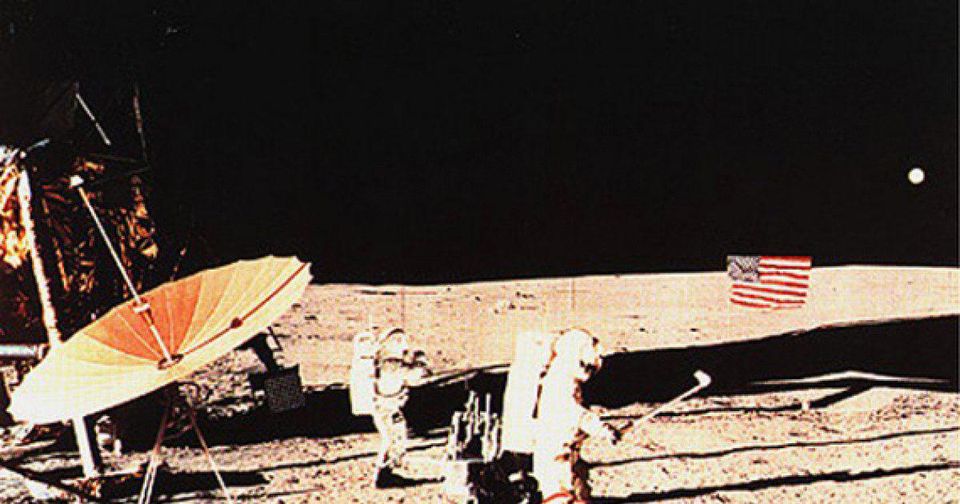- 1.4 Problems
1.4 Problems
Problem 1.6: \label{quest:DimAnalysis-10} Dimensional Analysis of Flight Trajectories
- How does the initial velocity $v_0$ impact the distance $W$ of a thrown object (stone, ball, or shot) or a jump?
- How does the initial velocity $v_0$ depend on
the force $F$ acting by the responsible muscle
the accelerated mass $M$, and
the distance $L$ of the path where the acceleration is performed? - Estimate the maximum distance
of throwing a stone of mass $m=200\,\text{g}$,
of a standing jump for a human and a grass hopper. - Make an explicit analysis of standing jumps by exploring how their distance scales with the ratio of characteristic sizes (i.e., body length) of the jumper.
Problem 1.7:
Water waves
The speed of waves on the ocean depends only on
their wave length $L$ and
the gravitational acceleration $g \simeq 10\,\text{m/s}^2$.
- How does the speed of the waves depend on $L$ and $g$?
- Unless it is surfing, the speed of a yacht is limited by its hull speed, i.e. the speed of a wave with wave length identical to the length of the yacht. Estimate the top speed of a 30 ft yacht.
- Close to the beach the water depth $H$ become a more important parameter than the wave length.
How does the speed of the crest and the trough of the wave differ?
What does this imply about the form of the wave?
Problem 1.8: Golf on Moon and Earth
In the end of the Apollo14 mission, on February 6, 1971, astronauts Alan Shepard and Ed Mitchell modified discarded equipment to perform sport on Moon: Mitchell threw a scoop handle as if it were a javelin (see the Apollo14 Lunar surface journal of the NASA). Shepard attached a golf club head to a handle of a sample tool, and hit two golf balls that still reside on Moon. Rumours tell that the golf balls went "miles and miles and miles".
- According to Newton's laws of gravity the gravitational acceleration amounts to $G\,M/R^2$, where $G$ is a constant, $M$ the mass of the planet or moon, and $R$ its radius. The Earth radius is four times larger than the one of Moon. Estimate the gravitational acceleration $g_M$ on Moon.
Hint: - In contrast to what you have found in 1. the gravitational acceleration on Moon is about one sixth of the value on Earth. Use this difference to estimate the difference of the average density of the Moon and of Earth.
- On Earth a long-distance golf shot can go a few hundred meters. By which factor does this distance increase on Moon?
- Assume that the shot on Earth can go for $500\,\text{m}$, when one neglects friction due to the Earth atmosphere. Estimate the release velocity of the shot and its time of flight.
- How long will the golf ball go on Moon, and how long will it fly?

